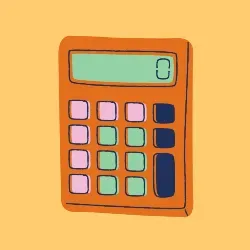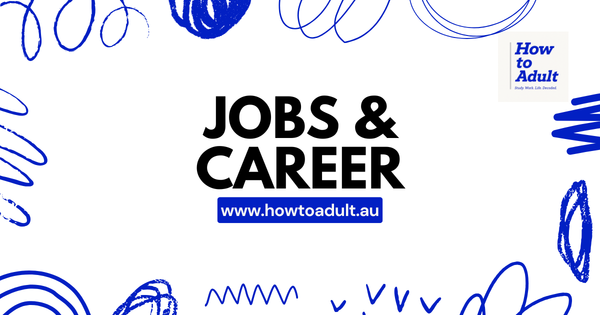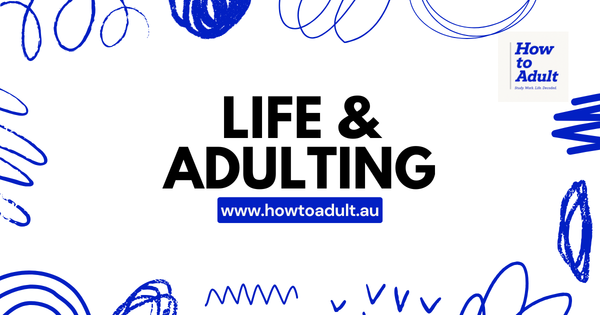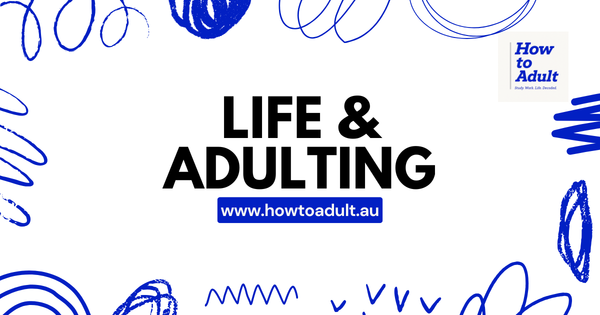When Should You Actually Start Saving?
Even a few dollars a week can make a difference. This article explores when and how young people should start saving — with real-life examples, practical tips, and a reminder that saving isn’t about perfection, but preparation.

For teenagers and young adults, the advice to “start saving early” is common – but rarely explained in a way that feels relevant. If someone is living off pocket money, just started a part-time job, or still getting used to using their bank app, the idea of saving can feel vague or even pointless.
But saving isn’t about becoming a financial genius overnight. It’s about starting small, learning to manage money, and building the kind of freedom that allows for future choices. This article explores what that really looks like – through real-life examples that make saving feel possible and personal.

Saving Isn’t Just About the Money
In Year 10, Mia began working at a local bakery 🥐, earning around $120 a week. She spent most of it on food, clothes, and train tickets, but consistently set aside $10 each week into a separate account. Six months later, she had enough to buy a secondhand camera 📷 for her photography class.
Starting to save early builds trust in oneself. Even putting aside $5 a week is a quiet reminder: "I've got me." It’s not about being rich – it’s about having options.
How Much Is Enough to Start?
There’s no perfect number to begin with. The goal isn’t to hoard cash, but to build a habit.
Daniel, for example, saved every $2 coin he received, tossing them into an old Milo tin 🫙. By the end of the year, he had more than $200 – enough to buy quality noise-cancelling headphones 🎧 that helped him concentrate while studying.
The lesson here? Don’t worry about how little it seems. What matters is starting somewhere.
When Does Saving Get Serious?
Saving becomes important when money begins to play a larger role – through jobs, bills, or personal expenses.
Anna got her first retail job in Year 11. She didn’t think about saving until her phone 📱 broke, and she had to ask her mum for help. From then on, she made it a rule to keep at least $150 set aside for emergencies. That moment helped her realise that saving wasn’t just about money – it was about independence.
For most, saving becomes real when life becomes real – often between the ages of 15 and 25.
Saving for What? (And Why It Matters)
Some people save for big goals. Others aim for smaller wins. Both are valid.
Eli saved all year for a new laptop 💻 to use in university. He bought it without needing help from family. Lily, on the other hand, saved for things that brought her joy – movie nights 🎬, new sketchbooks 📒, and a trip to visit her grandma ✈️.
Whether it’s a major purchase or something small, the point is that saving should feel like it supports one’s life – not just pay bills.
Where to Keep Savings
A separate account 💳 with no monthly fees is a good place to start.
Jonah used an app-based bank that allowed him to name his savings goal. His current account is called "Escape Money" – a reminder of his goal to move out within the year. Seeing that name regularly keeps him motivated.
Naming the account something meaningful, like "Freedom Fund" or "Driving Lessons Jar," can help savings feel more personal.
What If Saving Isn’t Possible Yet?
Not everyone can save right away. Some may not have a job or may be helping out at home.
That was Ayesha’s situation in Year 10. She created a wish list 🧾 of things she’d like to save for someday: headphones, emergency cash, and a small fun fund. When she eventually got a job at a pharmacy, she had a clear plan and began saving from her very first paycheck.
Even without income, building the mindset is a valuable first step.
Saving Without Missing Out
Saving doesn’t mean saying no to everything.
Leo loved sneakers 👟, but instead of buying a new pair every month, he made a deal with himself: one pair per term. That way, he enjoyed his hobby and still managed to put money aside.
Saving is about choosing what’s most important over what’s immediately tempting. It’s not a punishment – it’s a plan.
Final Thoughts: When Should Saving Begin?
Here’s the simple answer:
- Begin saving when money starts entering your life even in small amounts
- Focus on habits over perfection
- Choose savings goals that feel meaningful and motivating
- Understand that starting late or restarting is always okay
Even the smallest savings today are a reminder that your future is worth preparing for.
💡Small Choices, Big Impact: What Your Money Could Do
It’s not about cutting out all fun — it’s about recognising the value behind each choice. Sometimes, a little shift in spending can open up bigger, more meaningful possibilities. Here are a few simple trade-offs to help put things in perspective:
- You can buy a bubble tea for $7 — you can also buy a decent lunch for $7
- You can buy 3 bubble teas a week ($21) — you can also save $84 a month toward concert tickets
- You can buy a phone case for $25 — you can also buy a quality portable charger for $25
- You can buy a game on the App Store for $30 — you can also buy a month of prepaid phone credit for $30
- You can buy 3 trendy tops for $60 — you can also buy one long-lasting, good-quality shirt for $60
- You can buy takeaway every Friday night ($80/month) — you can also buy a secondhand tablet for $80
- You can buy 10 costume jewellery items for $200 — you can also buy a real 14k gold bracelet for $200
- You can buy a fast fashion haul for $250 — you can also buy a well-made winter coat that lasts years
- You can buy a smartwatch band for $45 — you can also buy a weekly public transport pass for $45
- You can buy a designer candle for $70 — you can also buy a short online course for $70
- You can buy a limited-edition hoodie for $120 — you can also buy an ergonomic study chair for $120
- You can buy three new Switch games for $240 — you can also buy a refurbished Nintendo Switch for $240
- You can buy a big birthday dinner for $300 — you can also book a return domestic flight for $300
- You can buy Uber Eats every weekend for a month ($160) — you can also buy a basic coffee machine for $160
A Note from Waner
I read a book called A Dog Called Money (or Puppy Money, depending on the translation) when I was 12 and started saving not long after. When I got my first job at a local café at 16, I made it a rule to save 50% of my pay into a bank account with interest, and used the rest for lunch at the school canteen on days I didn’t feel like eating homemade food, and for weekend hangouts with friends.
I didn’t always know what I was saving for — but I was always ready when unexpected things came up. By the time I turned 18, I’d already built a strong credit record and applied for my first credit card. I used it for the rewards, not to go into debt.
Looking back, those early habits shaped the way I think about money today. Saving wasn’t about sacrifice — it was about building a quiet confidence that I could handle things on my own. That mindset has stayed with me ever since.



